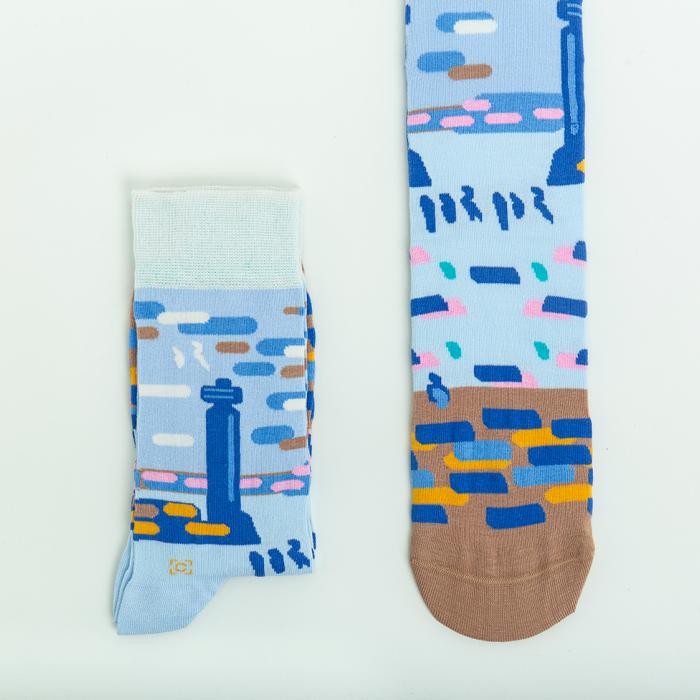School Visits
On Wednesdays, the Polar Museum although closed to the general public, will be open for pre-booked school group visits (one morning/one afternoon). Priority will be given to school groups who are visiting as part of a polar project. This arrangement will last until the end of 2021. You will lead your group around the museum accompanied by a member of our education team. We are happy to lend you clipboards and pencils. There is a suggested donation of £1 per child for a class group visit to the Polar Museum.
About the Session
This set of activities focusses on women in STEM, using objects from the Whipple Museum to explore:
Caroline Herschel and Maggie Aderin-Pocock (astronomy)
Hertha Ayrton (engineering)
Ida Freund (chemistry)
Marjory Stevenson (microbiology)
Rosalind Franklin and Deborah Ruffunduo (microscopy)
Duration: Can be booked as:
A 90-minute session in the museum- please note that our maximum group size is 45 due to the small size of the museum.
or
Learn more about the niece of the Emperor Augustus, Antonia Minor. Using useful prompts and a planner, imagine a day in her life.
Which emperor's statue was thrown into a river in England? Which Roman invaded Britain first? Which emperor loved to sing? Find out in this activity.
See busts of Julius Caesar, Claudius, Nero and Hadrian from the Museum's collection and find out more about each one. Discover how they are connected to the history of Britain, and complete the activities to learn more.
This resource comes from our bank of Look, Think, Do resources on the Fitzwilliam Museum website.
Maybe you have heard of Emperor Hadrian - who built Hadrian's wall near the Scottish/English border. But have you heard of the man he loved, Antinous? Listen to this story about how much Hadrian cared for Antinous.
This resource comes from our bank of Look, Think, Do resources on the Fitzwilliam Museum website.
Make like sculptor Barbara Hepworth and have a look at things abstractly - even just out your window! You can use this guide.
Our big range of Look, Think, Do activities encourage children and families to look deeply and thoughtfully at objects and to respond imaginatively through thinking, talking and making together -from Ancient Egyptian neckpieces to coins stamped by protesting Suffragettes.
You can use the shorter Look and Think activities for just a few minutes or spend a bit longer making something fantastic.
The history of science relies on lots of amazing people - we've chosen three who are closely linked to our collections, but there are loads of great stories to discover. Have a look at our examples and create your own posters about scientists who interest you.

